By Christopher Miskimon
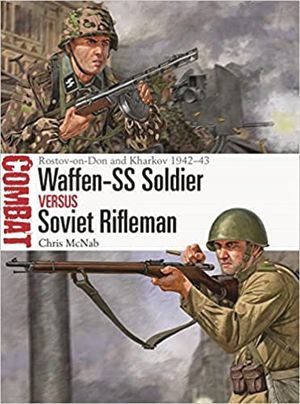 Waffen SS units made up only a small part of the German Wehrmacht, but they found frequent use as “fire brigades” across the Eastern Front. Sent to threatened areas of the front lines, SS troops gained a reputation for ferocity in action. Their primary opponent, the Soviet infantryman, was usually a conscript lacking in training and equipment, often poorly led. However, there were a lot of them, and over time the survivors gained in skill as they went through the meat grinder of combat. The better-trained Germans were often innovative, while the Russian soldiers were brave, tough, and tenacious. As the war turned against Nazi Germany, Waffen SS units mounted strong defenses and counterattacks which were often overwhelmed by repeated Soviet assaults that continued despite heavy casualties. It was a bloody school for the Soviets, but its lessons would take them to Berlin just a few years later.
Waffen SS units made up only a small part of the German Wehrmacht, but they found frequent use as “fire brigades” across the Eastern Front. Sent to threatened areas of the front lines, SS troops gained a reputation for ferocity in action. Their primary opponent, the Soviet infantryman, was usually a conscript lacking in training and equipment, often poorly led. However, there were a lot of them, and over time the survivors gained in skill as they went through the meat grinder of combat. The better-trained Germans were often innovative, while the Russian soldiers were brave, tough, and tenacious. As the war turned against Nazi Germany, Waffen SS units mounted strong defenses and counterattacks which were often overwhelmed by repeated Soviet assaults that continued despite heavy casualties. It was a bloody school for the Soviets, but its lessons would take them to Berlin just a few years later.
Using studies of each side’s recruitment, training, equipment and tactics, the author compares Waffen SS and Soviet infantry during a critical time in the war on the Eastern Front. The fighting at Rostov-on-Don and the Third and Fourth Battles of Kharkov provide the examples, bolstered by the extensive illustration and original artwork this publisher is known for. The book effectively illustrates key differences between the two fighting forces.
Waffen SS Soldier versus Soviet Rifleman: Rostov-on-Don and Kharkov 1942-43 (Chris McNab, Osprey Books, Oxford, UK, 2023, 80 pp., maps, photographs, bibliography, index, $23, softcover)
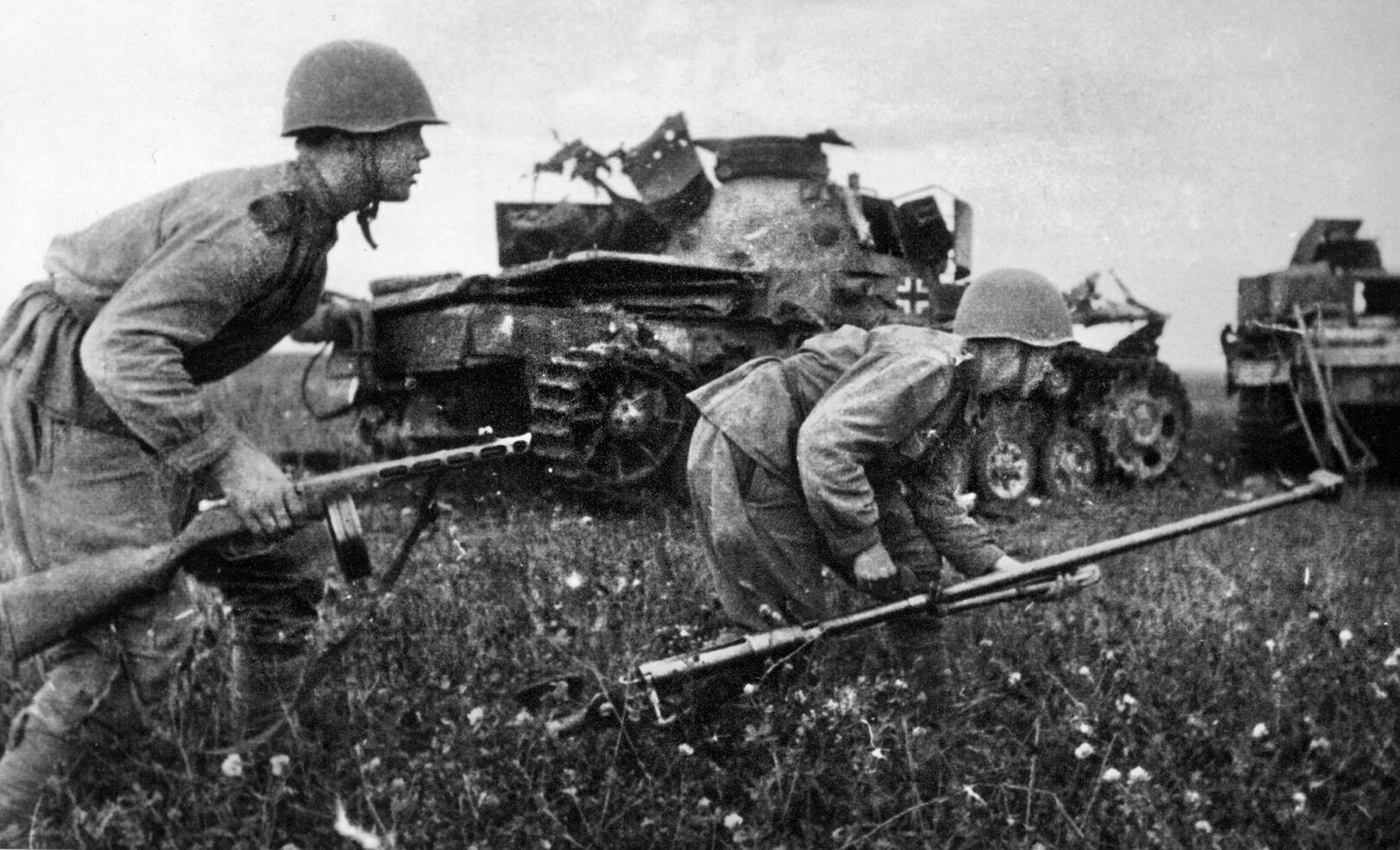
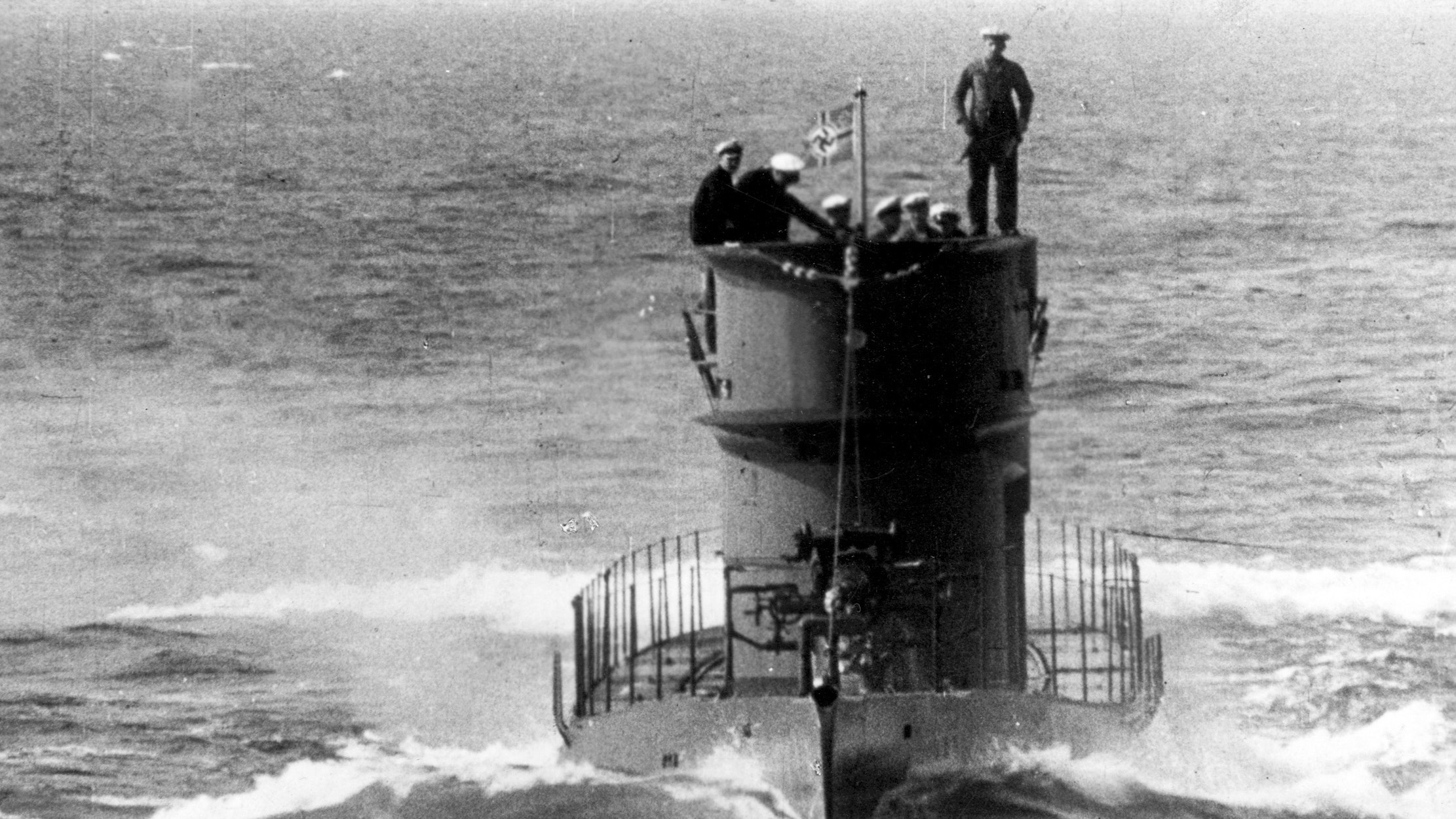
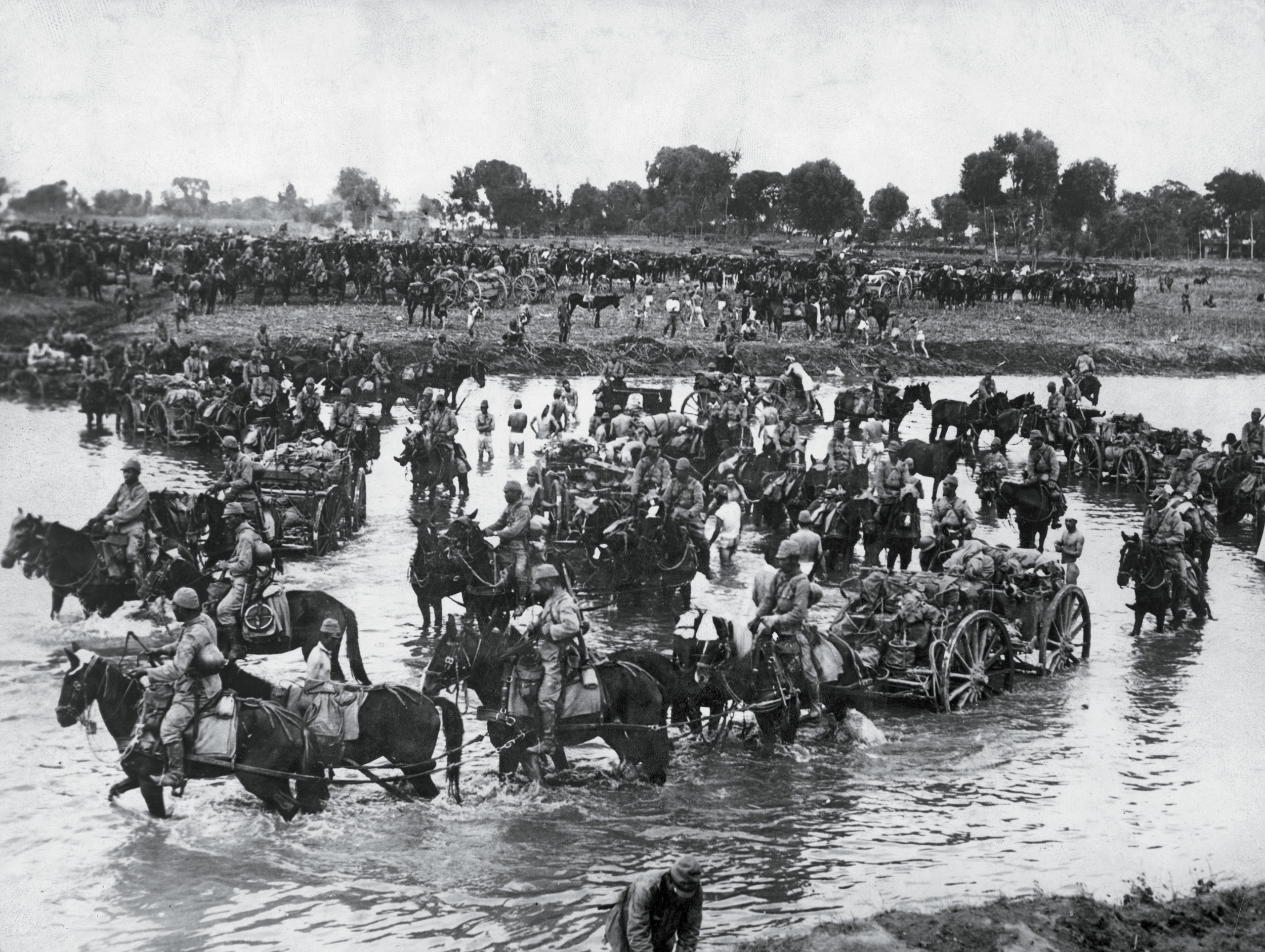
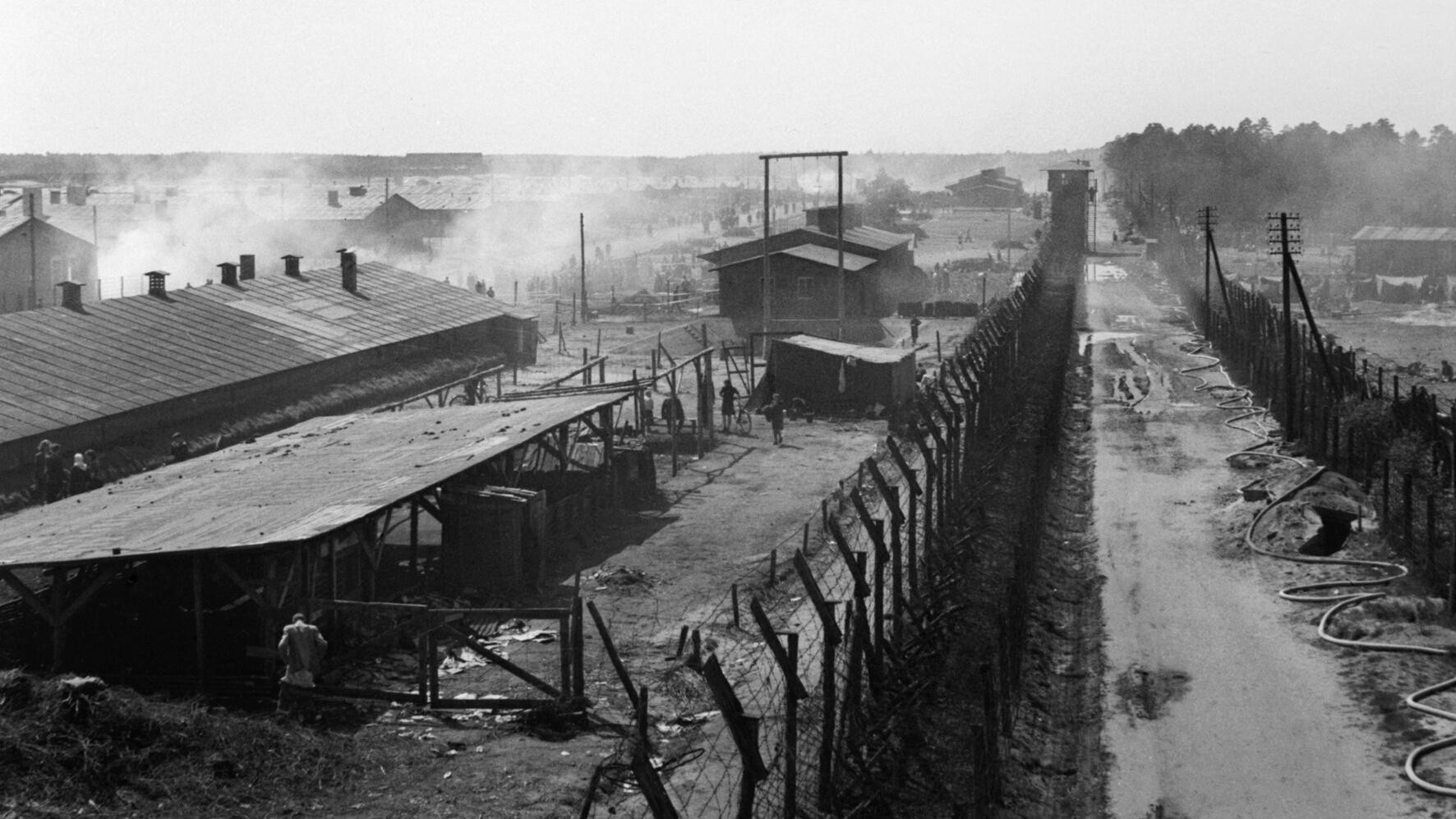
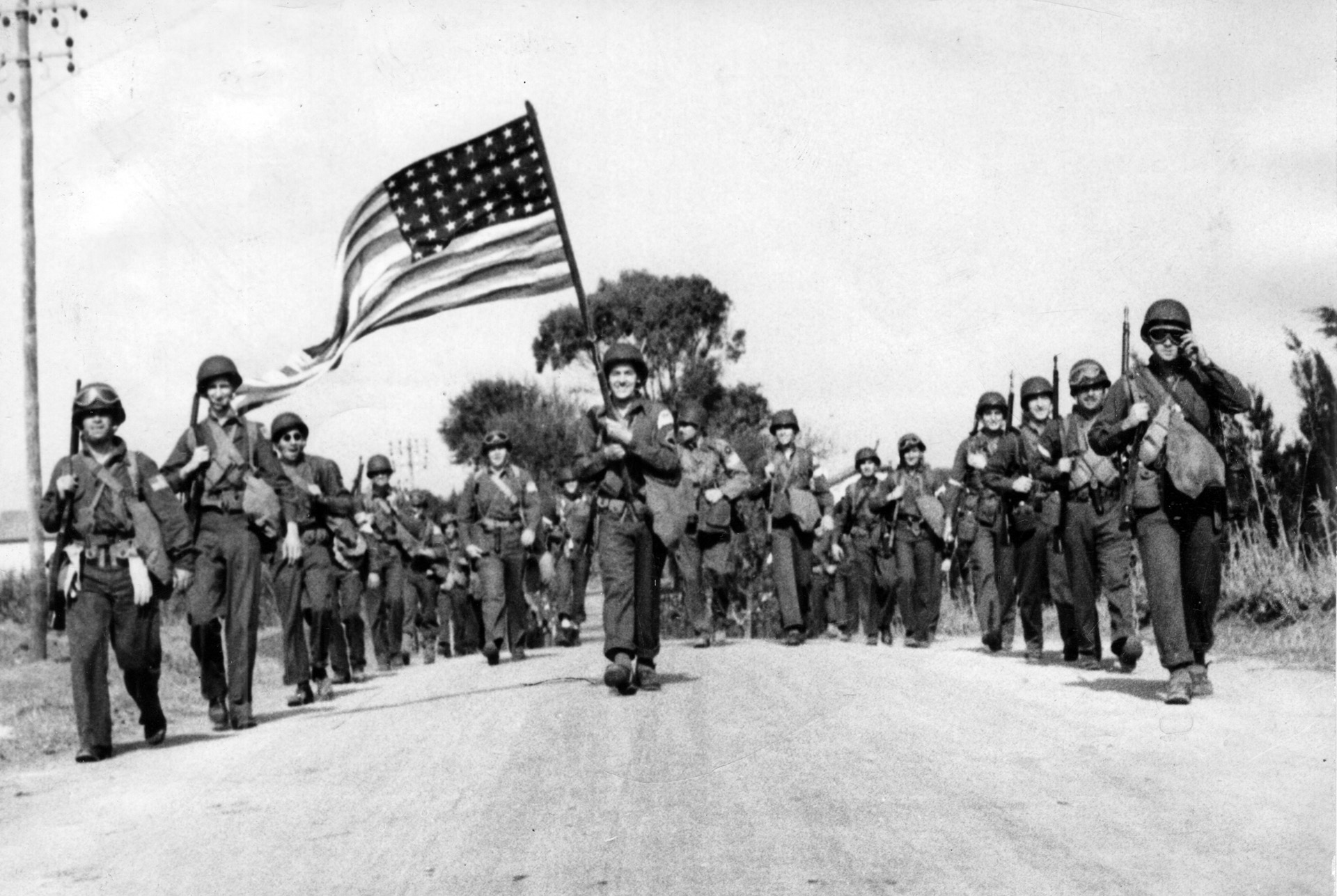

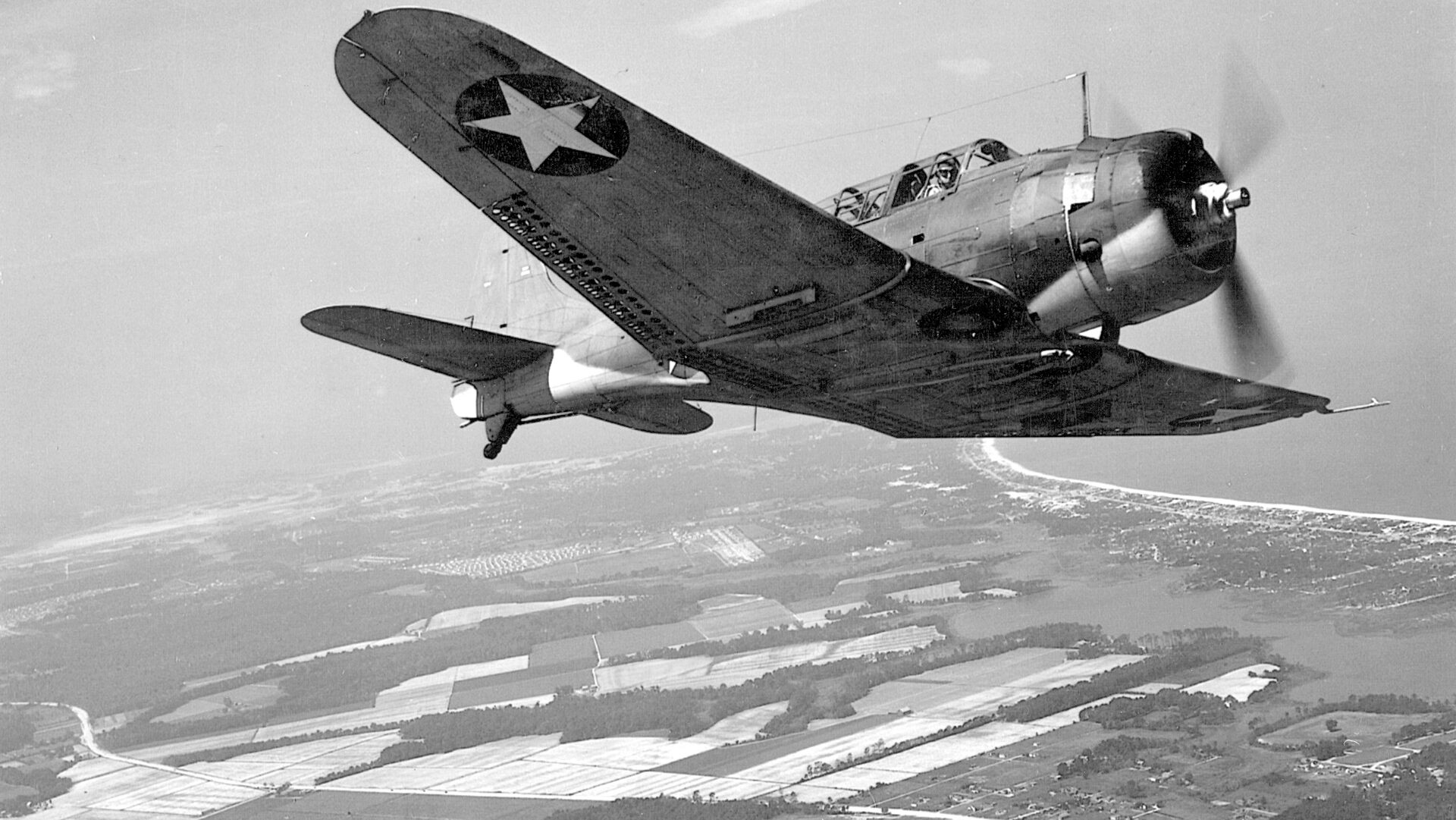
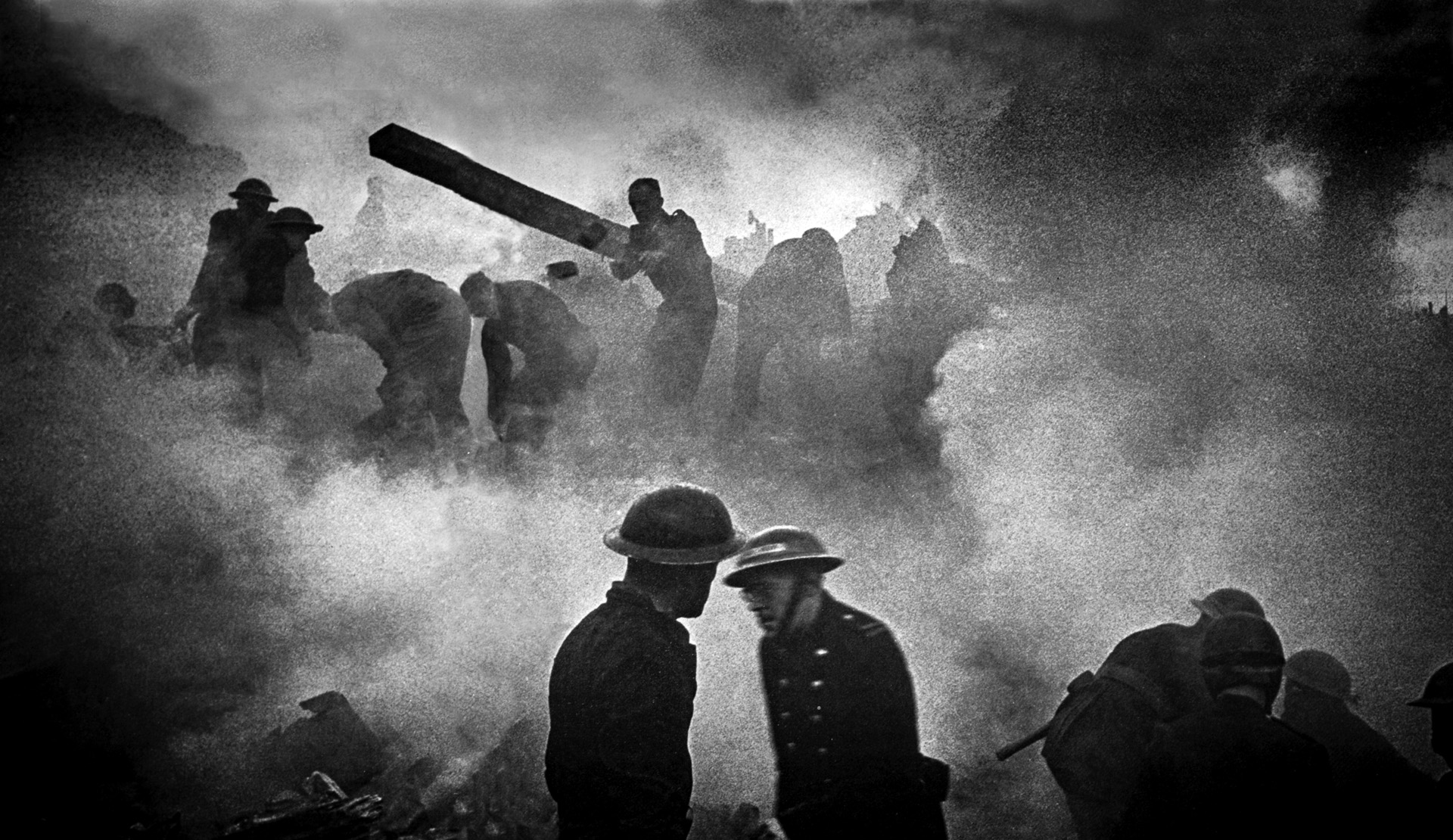
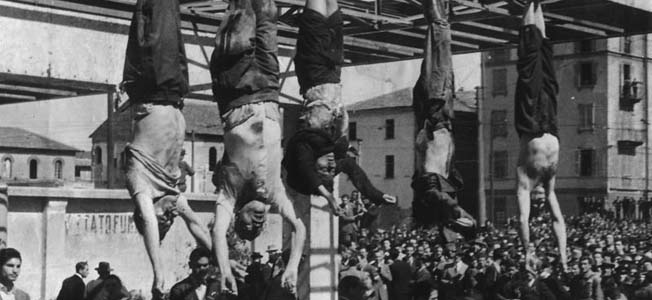
Join The Conversation
Comments
View All Comments